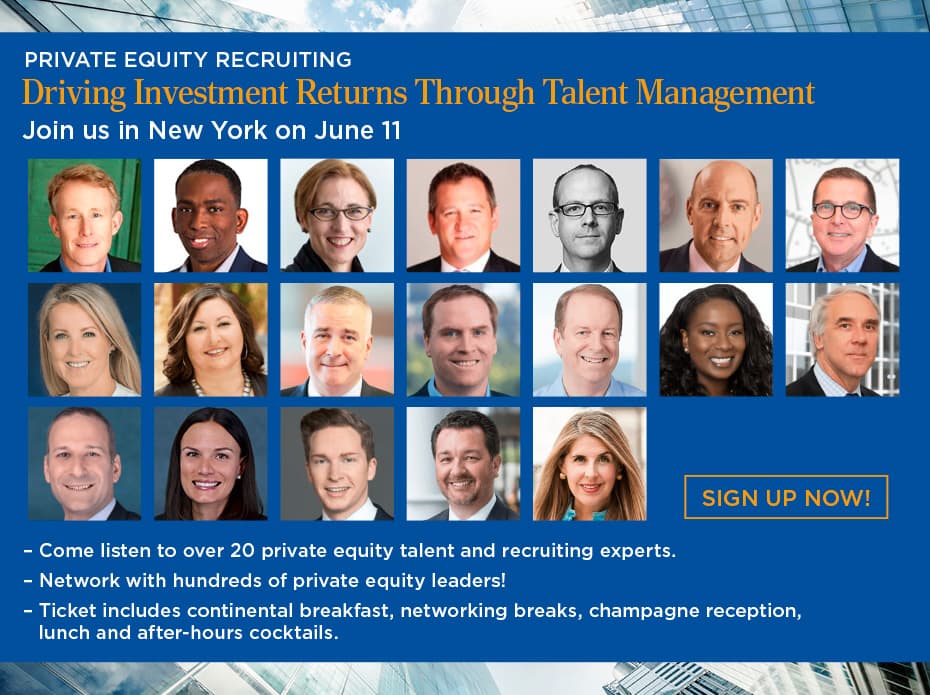The Rise of the Chief Well-Being Officer

January 24, 2020 – In an increasingly complex and stressful world with blurred lines between personal and work lives, workers at all levels need total well-being in all aspects of their lives. Expectations at work and home are no longer distinct or neatly separate – they are becoming one and the same. Savvy companies know that workers who are well in all aspects of their lives are healthier, more engaged and more productive, which leads to more engaged, loyal and satisfied customers.
“Putting people first and taking care of people are the new normal for companies,” says Joseph Fournier, vice chairman and president of InveniasPartners in Chicago. “In 2020, total well-being is the new normal too.”
While certain roles such as the COO and CFO continue to wield influence in the C-suite, new high-impact roles such as chief analytics officer, chief learning officer and now chief well-being officer are emerging and gaining importance. Executives holding these three positions focus on actionable information, talent development and wellness, respectively. In other words, they work closely with insights, ideas and individuals, all areas where savvy, innovative institutions are investing in 2020.
“As a former chief people officer, I’m excited to welcome a chief well-being officer to the table,” said Mr. Fournier. “The role of chief well-being officer is positioned to build resilience and total well-being into the organization and its people.”
A Significant Role
Global audit, consulting and advisory firm Deloitte, and national law firm Kirkland & Ellis LLP are among the leading firms that appointed well-being leaders in 2019. Indeed, WHEN, a rapidly growing company focused on transforming people’s lives through total well-being, has pushed the role another level by naming the first chief being officer. “These new leaders are charged to steward the work around health, wellness and work for their firms and I’m confident they will drive attention to the significance of the role,” said Mr. Fournier.
 Joseph E. Fournier is responsible for making IneveniasPartners the executive search and talent advisory firm of choice for progressive, people-focused and forward-thinking healthcare organizations across the nation. During a distinguished career at leading healthcare systems, he focused on operating and transforming large and complex organizations with an eye toward leading transformation, developing exceptional leaders and workforce planning to provide safe, affordable, outstanding service to patients, customers and communities. Prior to becoming a nationally recognized leader in human resources, he was an accomplished attorney and U.S. Air Force officer.
Joseph E. Fournier is responsible for making IneveniasPartners the executive search and talent advisory firm of choice for progressive, people-focused and forward-thinking healthcare organizations across the nation. During a distinguished career at leading healthcare systems, he focused on operating and transforming large and complex organizations with an eye toward leading transformation, developing exceptional leaders and workforce planning to provide safe, affordable, outstanding service to patients, customers and communities. Prior to becoming a nationally recognized leader in human resources, he was an accomplished attorney and U.S. Air Force officer.
In the healthcare sector, leading organizations are appointing a chief wellness officer including Rush University and Johns Hopkins Medicine. Stanford Medicine now offers a chief wellness officer course for senior well-being leaders in healthcare focused on physician health and well-being. Appointment of these new C-Suite leaders will accelerate as chief executive officers and their boards are looking across their enterprise and exploring critical needs related to their most distinctive resource, their people.
“Recognizing the reality that most companies are under pressure to reduce costs while growing revenues and providing more value to consumers, some might question whether adding a well-being executive to their leadership team and investing in total well-being produces a tangible return,” said Mr. Fournier. “Research suggests that wellness programs focused only on physical health do not produce better health outcomes and reduce spending over the long-term. However, research by Gallup indicates that a focus on five elements of well-being — career, social, financial, physical and community — allows people to thrive in their lives.”
Ultimately, every organization must decide the best course based on its own culture, strategy and market position. “The chief well-being officer serves as the steward for individual well-being within the institutional framework; a strategist, operator and change leader who can shape culture, enact enterprise transformation and empower workers to be successful on their own well-being journeys,” said Mr. Fournier. “As worker expectations for employers continue to evolve around well-being, this role will become critical to sustaining a healthy and engaged workforce.”
Related: What Motivates People to Switch Jobs
Mr. Fournier said that whether they establish a senior leadership role such as chief well-being officer, invest in wellness programs or some pursue a combination of actions, all companies can focus on a few key areas:
1) Inspire Well-Being Champions – Instead of considering the work as a top down initiative, consider shaping a culture where everyone has a role in fostering well-being for the enterprise and their own person. “To set a baseline, review your culture and operational climate through a well-being lens and obtain employee feedback,” said Mr. Fournier. “From there, your organization can identify opportunities to build-on and begin to integrate total well-being into its cultural DNA. Be transparent and forthright about the effort to engage support and involve your entire team.”
 Achieving Work/Life Balance Sometimes Means Working Weekends
Achieving Work/Life Balance Sometimes Means Working Weekends
To maintain worker engagement, leaders must strike a balance between the fast pace of an ever-shifting global business cycle and creating a culture that values employee well-being, says a new report from Korn Ferry. Top recruiters from Taplow Executive Search, Hanold Associates, ZRG Partners, Alder Koten, Tom Spry Executive Search, Higher Education Leadership Search, Wilton & Bain, ChampionScott Partners, Buffkin/Baker, IRC Global Executive Search Partners, Bullhorn, Human Capital Group, Carmichael Fisher and Watermark Search International also lend their thoughts.
2) Develop a Roadmap – Take a moment to review your strategic plan, products and programs and consider how well-being can strengthen the pursuit of your mission. “Following a cultural assessment, department leaders should map out recommendations and then take action to move forward on the road to well-being,” said Mr. Fournier. “The tasks range from reviewing (and perhaps altering) paid-time-off policies, benefits, workloads and productivity objectives to ensuring internal and external communications reinforce the five elements of well-being—career, social, financial, physical and community.”
Related: Work-Life Balance Matters, But Does It Matter Most?
3) Educate, Share and Celebrate — Because total well-being encompasses a broad and holistic approach to wellness with a focus on career, mind and body, it means that leaders and managers must learn how to care for employees by innovating through planning, programming and cultural integration. “A good starting point for organizations and their learning leaders is to develop an experiential learning curriculum focused on practically integrating total-well-being into programs, policies and daily work for leaders and employees,” said Mr. Fournier. “Remember to learn from others and celebrate progress along the way.”
In 2020, how will you define and then measure the impact of achieving and sustaining an environment that promotes organizational and personal well-being, asked Mr. Fournier. What route will you choose to sustainable wellness? Are there steps you can take now to impact the total well-being of those around you? “Finland’s recently inaugurated prime minster, Sanna Marin, is leading with a proposal that Finland move to a four-day work week or six-hour workday,” said Mr. Fournier. “Imagine the impact of such a dramatic, national action as you chart your own small yet mighty individual well-being actions in 2020.”
Related: What Workers Want May Surprise You
Contributed by Scott A. Scanlon, Editor-in-Chief; Dale M. Zupsansky, Managing Editor; and Stephen Sawicki, Managing Editor – Hunt Scanlon Media












